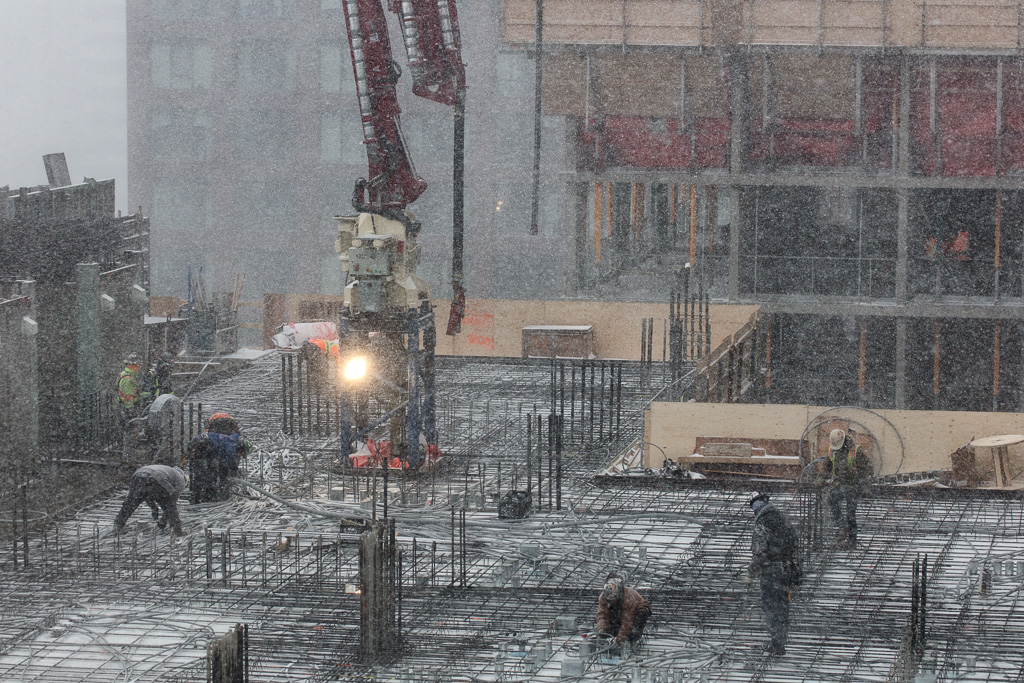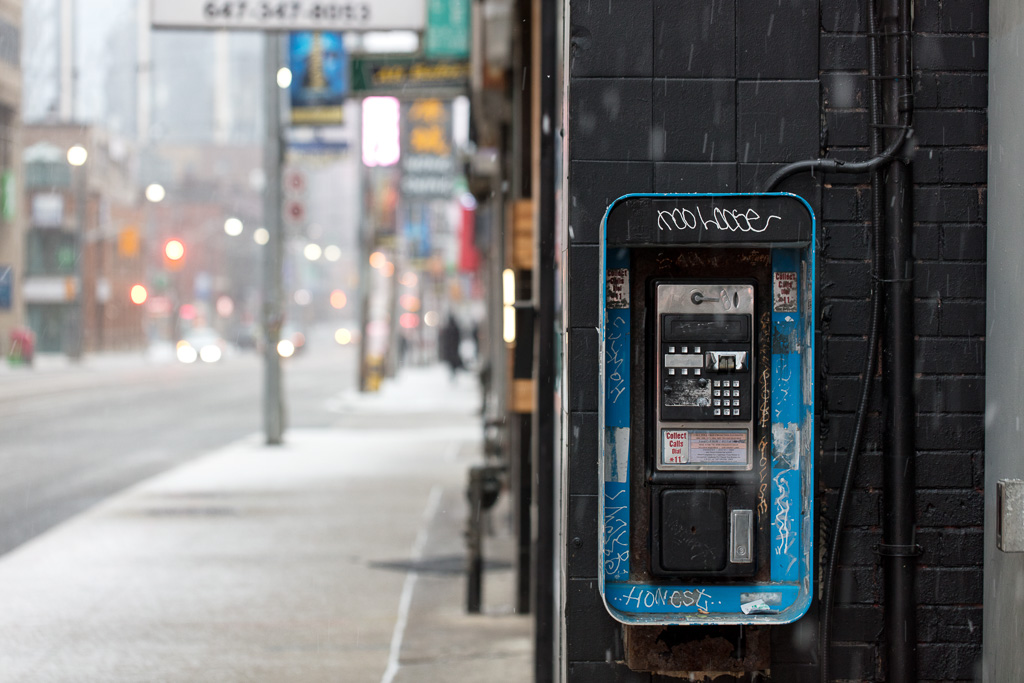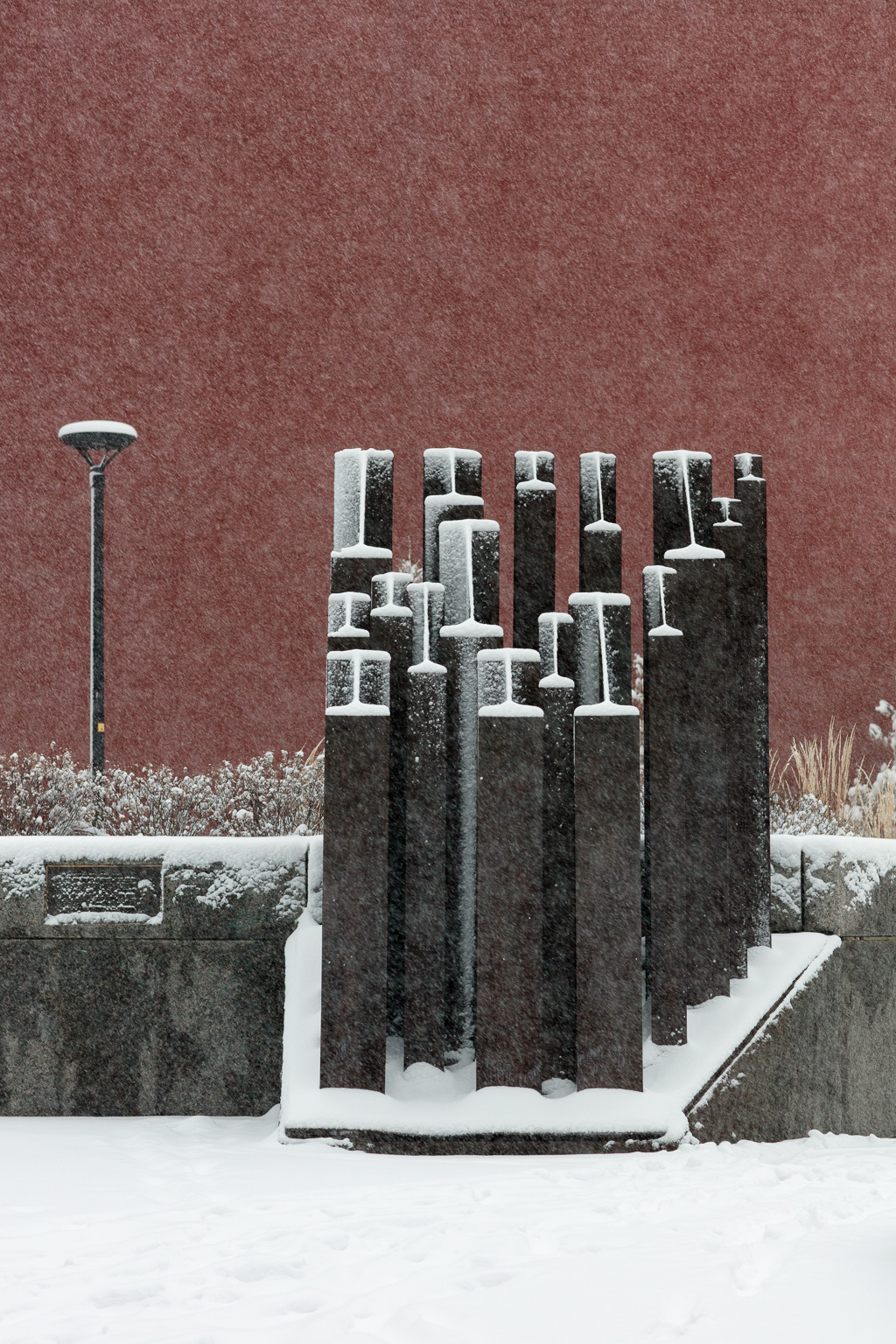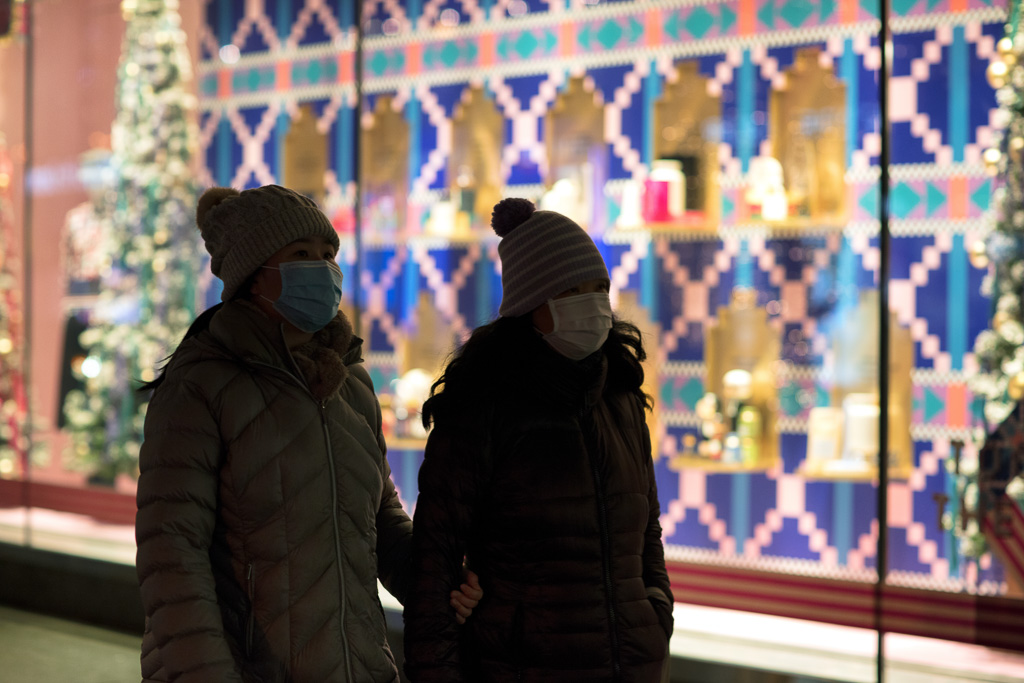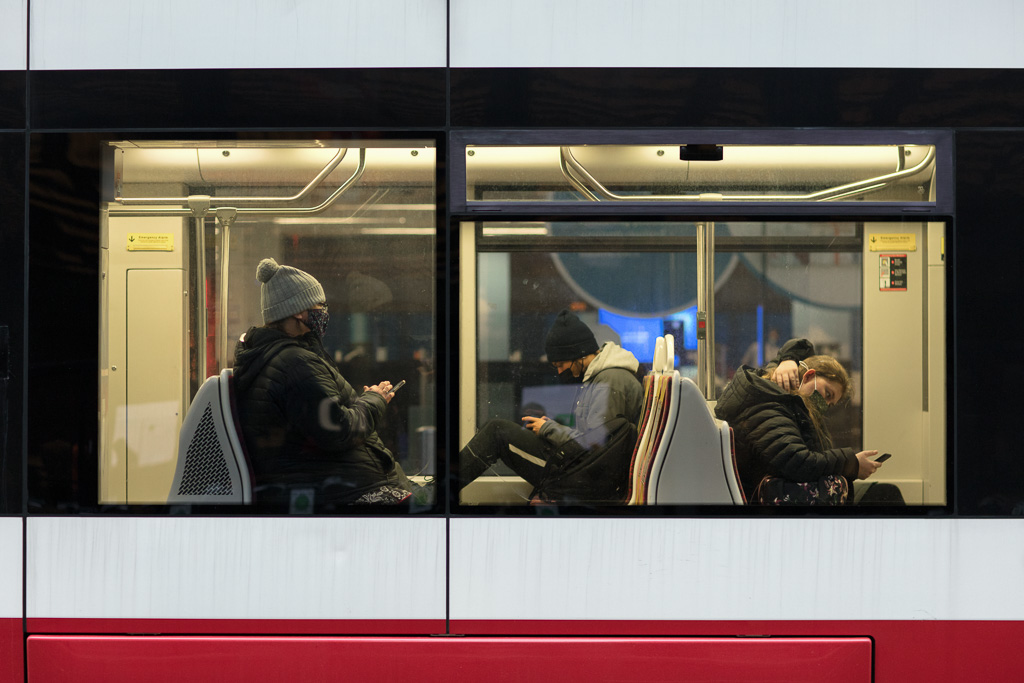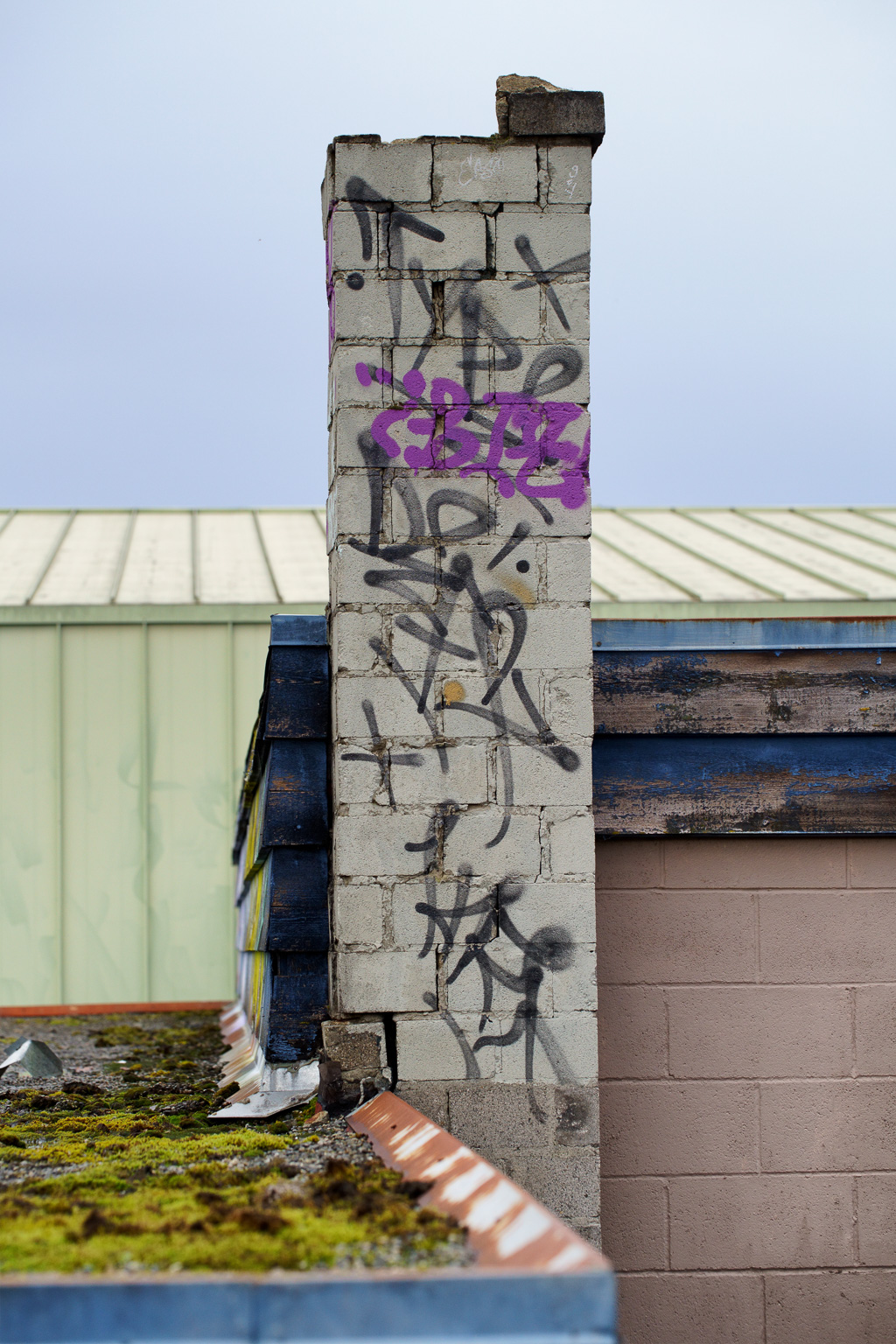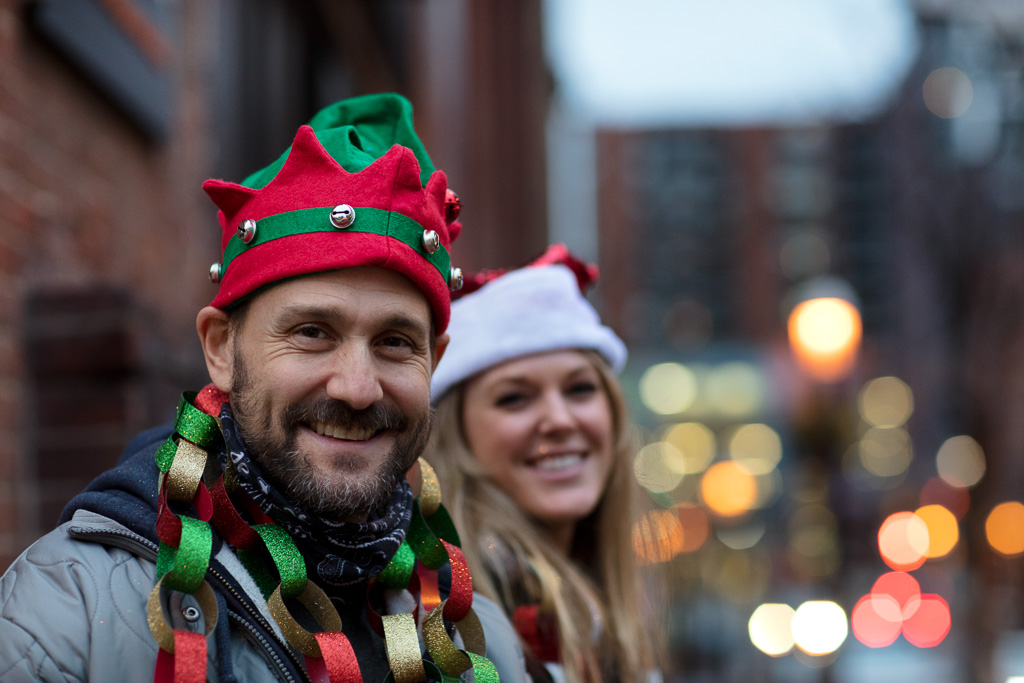When I was kid, my mom and my grandma spoke on the phone almost every day. My grandma worked at the Eaton’s offices in London and they had a trunk line to Toronto, so the calls were free. It was a different matter when my grandma called from home. She and my grandpa lived on a farm on the 5th concession near Nilestown to the south of London. There, they had a party line with the farm across the road which would have been fine except that it was a family of 8 children who lived there, most in their teens, and they kept the line perpetually busy. My grandparents complained, but secretly they enjoyed the entertainment. They’d pick up the receiver and overhear one of the teen-aged girls spilling her heart to a friend. When my grandma retired, it came as a mixed blessing. On the one hand, there were no more free calls to Toronto. On the other hand, there was more time to listen in on the family across the road.
A few years later, after I was married, my wife and I drove to London to visit my grandma. By this time, change had overtaken her. For one thing, my grandpa had died, leaving her alone on a large rural property. For another thing, the neighbours across the road now had a phone line of their own which forced my grandma to do the same. I think she missed keeping up with all the kids.
At the same time, my wife had gotten herself a cell phone. (I was still a bit of a Luddite and resisted the trend.) One afternoon, we took my grandma for a drive to visit family, but because we were late, I suggested my wife use her fancy new cell phone to call ahead and let them know we’d be a few minutes late. From the back seat, my grandma said: “Why don’t you use mine.” And she passed her phone to my wife in the front seat. It was cordless phone. Before we left, she’d pulled it off its cradle and put it in her purse. She didn’t know there was a difference between a cordless phone and cell phone. She thought she could use her cordless phone to call from anywhere.

